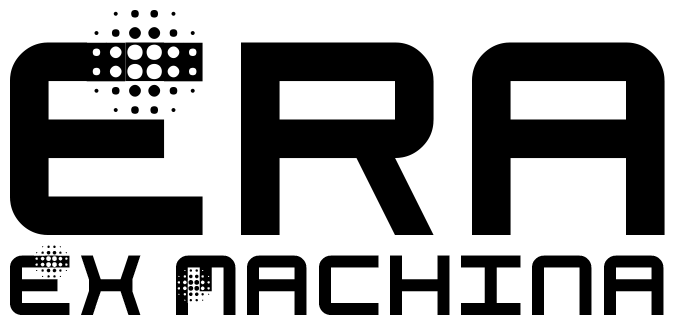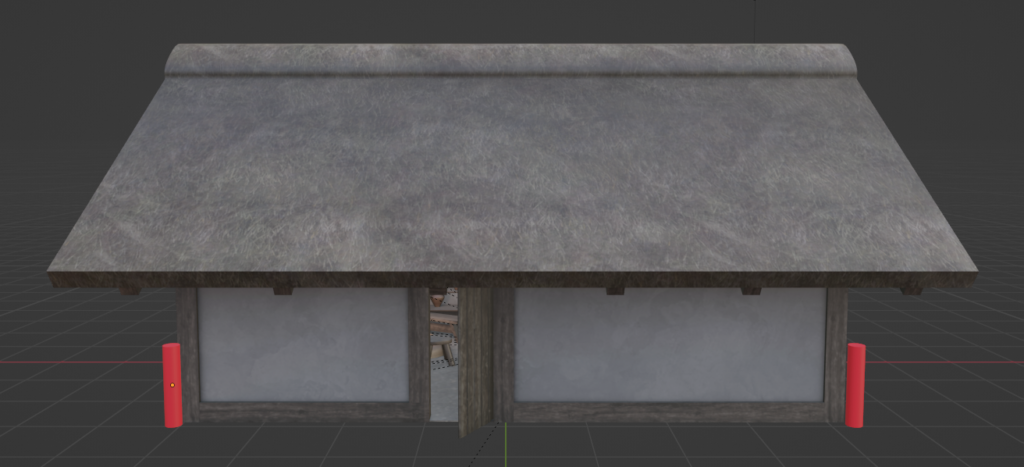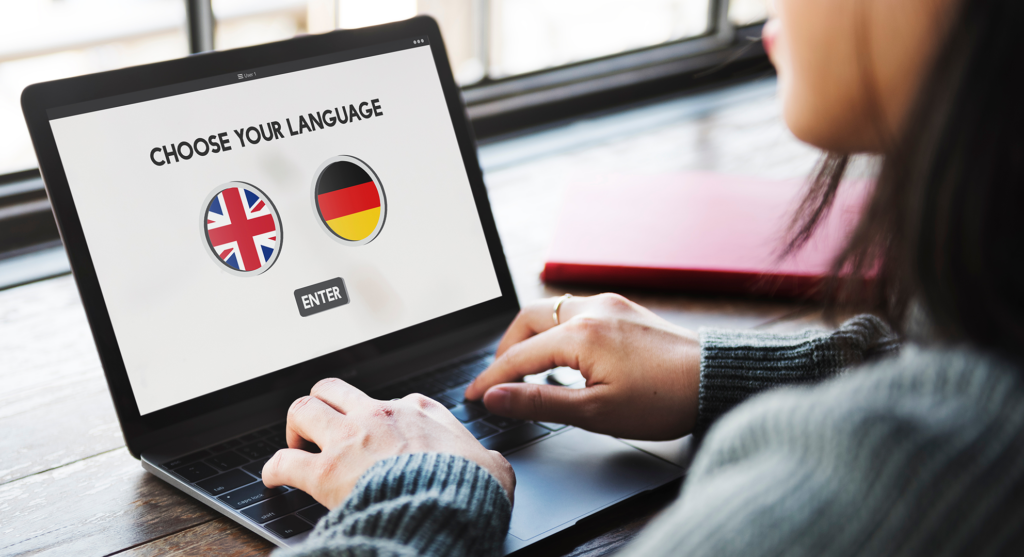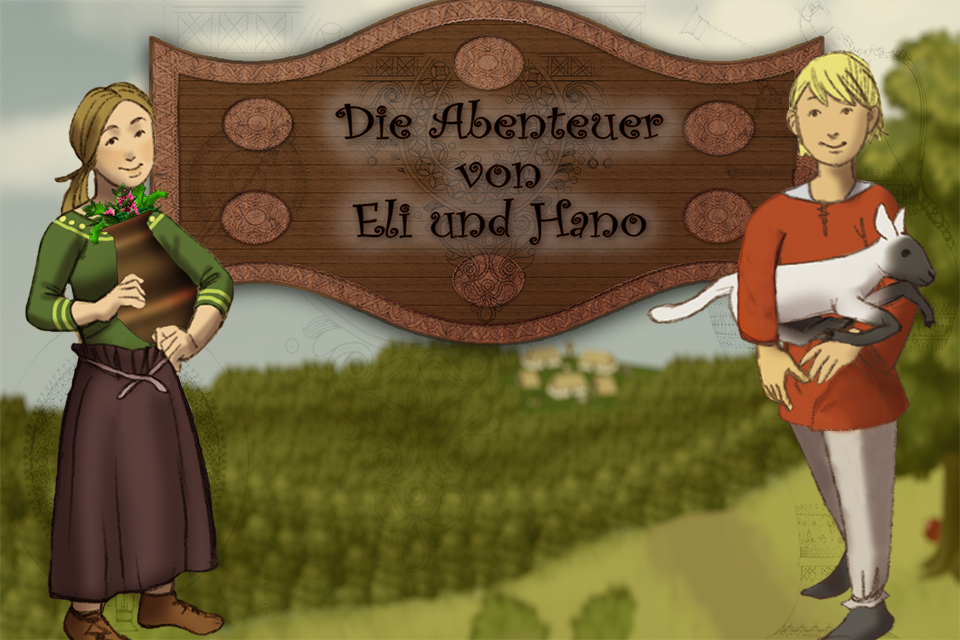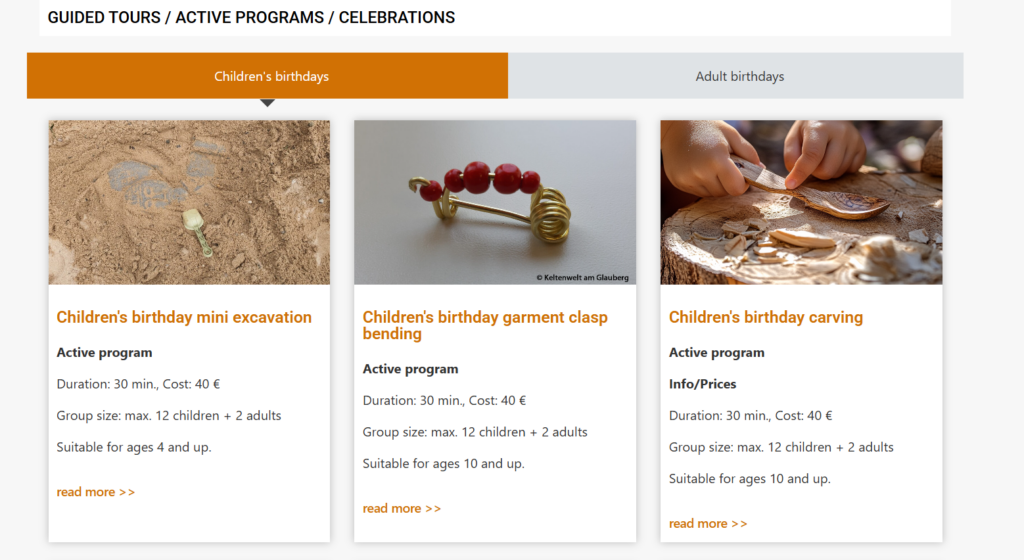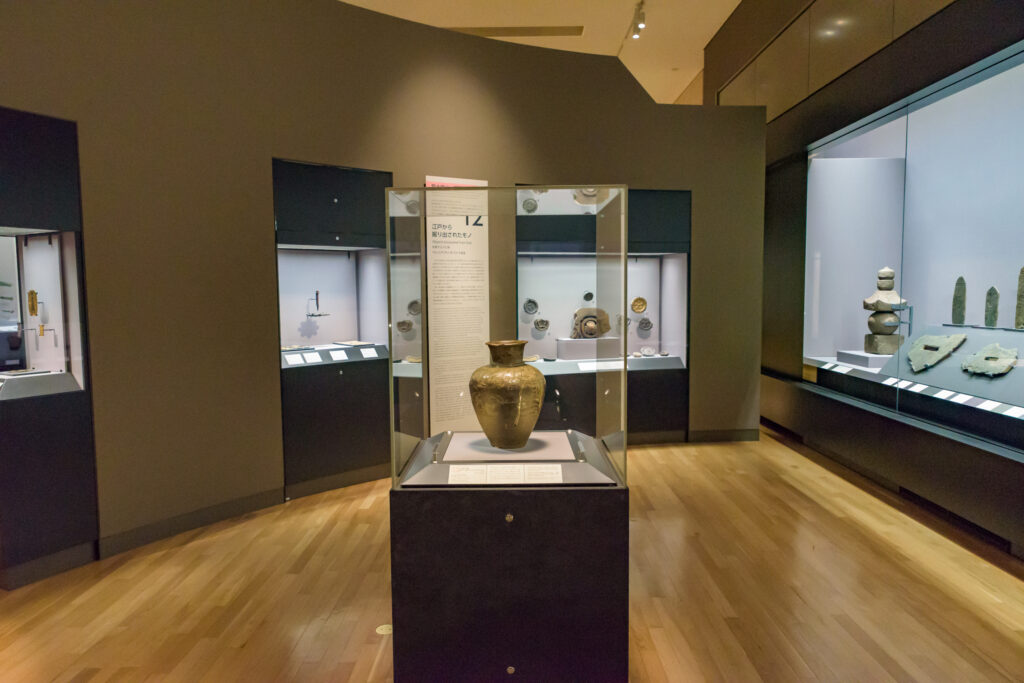Nestled amidst the serene Taunus Mountains in Germany, the Saalburg Museum stands as a meticulously reconstructed Roman fort, offering a vivid glimpse into ancient Roman life along the Limes Germanicus. As a UNESCO World Heritage site, the museum not only preserves invaluable artifacts but also serves as a vibrant educational hub where history comes alive for visitors of all ages.
With advancing technology and evolving digital standards, the Saalburg Museum recognized the need to modernize its online presence. Committed to enhancing accessibility, compliance, and user experience, the museum embarked on a comprehensive revamp of its website.
Embracing Accessibility: Complying with WCAG Standards
In response to new regulations from the Hessian Ministry of Education and Cultural Affairs (Hessisches Kultusministerium), the Saalburg Museum set out to ensure its website met the Web Content Accessibility Guidelines (WCAG). These guidelines are internationally recognized standards designed to make web content more accessible to people with disabilities, including those with visual, auditory, motor, and cognitive impairments.
What Does WCAG Compliance Entail?
-
Perceivable Content: Ensuring that all information and user interface components are presented in ways that users can perceive. This includes providing text alternatives for non-text content, captions for multimedia, and adaptable content that can be presented in different ways without losing meaning.
-
Operable Interface: Designing navigation and interfaces that are usable for all users, including those who rely on keyboard navigation or assistive technologies. This involves providing sufficient time for users to read and use content, and ensuring interfaces do not cause seizures or physical reactions.
-
Understandable Information: Making text readable and understandable, predictable in its operation, and providing input assistance to help users avoid mistakes.
-
Robust Content: Creating content that can be reliably interpreted by a wide variety of user agents, including assistive technologies, ensuring compatibility with current and future tools.
By adhering to these principles, the Saalburg Museum’s website became more inclusive, allowing a broader audience to engage with the rich history it offers.
Strengthening Privacy: GDPR Compliance
In addition to accessibility, the museum prioritized the protection of personal data by updating the website to comply with the General Data Protection Regulation (GDPR). This European Union law mandates stringent data privacy and security standards, ensuring that visitors’ personal information is collected and handled responsibly.
Key GDPR Enhancements Included:
Transparent Data Practices: Clear communication about how visitor data is collected, used, and safeguarded, fostering trust and transparency.
Consent Management: Implementation of user-friendly consent mechanisms for cookies and data collection, allowing visitors to control their personal information.
Enhanced Security Measures: Strengthening cybersecurity protocols to protect against data breaches and unauthorized access.
Empowering the Team: Simplified Maintenance and Staff Training
Understanding that a website is a living entity requiring regular updates, we focused on creating an intuitive content management system that empowers the museum staff.
-
User-Friendly CMS: Implemented a streamlined backend interface, allowing staff to effortlessly update content, manage multimedia assets, and publish new pages without needing technical expertise.
-
Comprehensive Training: Conducted hands-on training sessions, equipping the team with the skills and confidence to maintain the website independently. We provided detailed documentation and ongoing support to ensure a smooth transition.
-
Collaborative Workshops: Engaged staff through interactive workshops, fostering a sense of ownership and encouraging them to leverage the website as a dynamic platform for educational outreach.
Innovating Design: A Modern Yet Intuitive User Experience
The redesign aimed to marry modern aesthetics with user-centered design principles, creating an engaging and accessible experience for all visitors.
Clean and Responsive Design: Developed a visually appealing layout that adapts seamlessly to various devices and screen sizes, from desktops to tablets and smartphones.
Intuitive Navigation: Strategically organized content with clear menus and call-to-action buttons, enabling users to find information effortlessly.
Rich Multimedia Integration: Incorporated high-quality images, virtual tours, and interactive elements that bring the museum’s exhibits to life online.
Multilingual Support: Provided content in German and English to cater to the diverse international audience interested in Roman history.
Beyond the Screen: Enhancing Visitor Engagement
While the website serves as a digital gateway to the Saalburg Museum, we envisioned it as more than just an information portal.
Educational Resources: Curated a wealth of educational materials, including articles, videos, and downloadable content for students, teachers, and history enthusiasts.
Event Updates and Ticketing: Integrated a seamless system for event announcements, bookings, and ticket purchases, enhancing operational efficiency and user convenience.
Looking Ahead: A Foundation for Future Growth
The digital transformation of the Saalburg Museum’s website not only addressed immediate regulatory requirements but also laid the groundwork for ongoing innovation.
Scalability: Built the website with future enhancements in mind, allowing for the easy addition of new features such as virtual reality tours or an online store.
Discover the Saalburg Museum Online
We invite you to explore the revitalized Saalburg Museum website and immerse yourself in the fascinating world of ancient Rome.
Visit the Saalburg Museum Website to begin your journey.
Expanding Horizons: The Importance of Digital Accessibility in Cultural Institutions
In today’s interconnected world, museums and cultural institutions play a pivotal role in making knowledge accessible to everyone. By embracing digital accessibility standards like WCAG and GDPR compliance, these institutions not only meet legal obligations but also affirm their commitment to inclusivity and education.
At the intersection of heritage and innovation, the Saalburg Museum’s digital transformation serves as a beacon for other cultural institutions aiming to enhance their reach and impact in the digital age.
